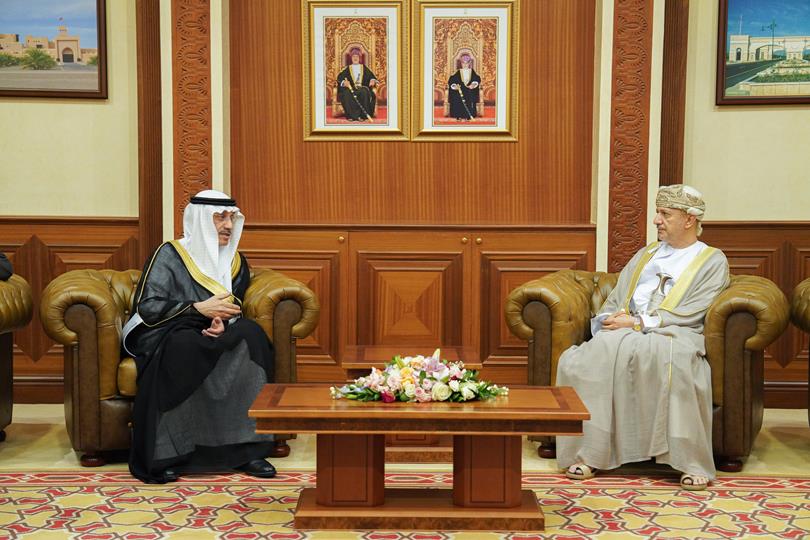The Sultanate of Oman (Arabic:) occupies an area of 309,500 sq. km with zero water coverage. The country is bordered on the north by the UAE, on the northwest by Saudi Arabia, and on the southwest by Yemen. It has a coastline of 2,092 km and a terrain of central desert plain, rugged mountains in north and south.
Oman has a population of almost 4 million (2016) with an annual growth rate of 1.8% in 2016. The share of the expatriates in the population is 43%. In 2015, the nominal GDP of Oman was estimated at about US$74.3 billion in 2017. The GDP per capita of Oman increased from US$8,097 in 2000 to US$21,814 in 2014 which then dropped to US$ 17,973 in 2016. Oman has made considerable progress in social indicators as the country was ranked 52 out of 188 in the UNDP's Human Development Index (HDI), 2016.
Oman is endowed with natural resources including petroleum, copper, asbestos, some marble, limestone, chromium, gypsum, and natural gas. Other important sectors are manufacturing, tourism, and the services. The reliance on agriculture and fishing sector is falling but it continues to play an important role in employment.
In November 2011, Oman joined the Gas Exporting Countries Forum, which is an intergovernmental organisation of the world's leading gas exporters.
There are 19 financial institutions, both local and foreign, operating in Oman. Banking institutions are robustly supervised as they exceed the various benchmark of financial soundness indicators.

